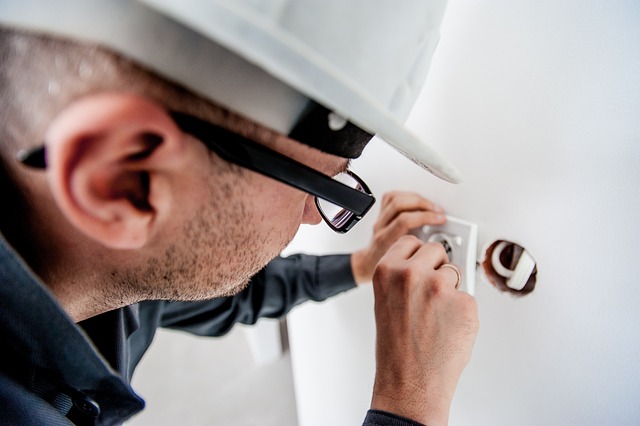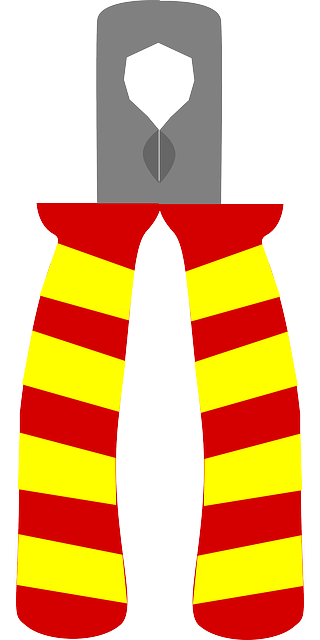Regularly inspect circuits and outlets for potential hazards like flickering lights, overheating, or power outages, indicating overloaded circuits or damaged wiring. Physically examine outlets for burn marks, discolouration, unusual odours or noise from appliances. Use circuit testers to check voltage levels and identify issues (recommended by electricians). Prompt attention prevents serious electrical crises and ensures safety; consult a qualified electrician for expert assistance.
Are you tired of flickering lights or dead outlets? It might be time to call an electrician. This guide will walk you through identifying faulty circuits and electrical outlets, then provides step-by-step instructions on how to safely repair them. Learn essential prevention techniques to avoid future issues and ensure a well-maintained electrical system in your home.
Identifying Faulty Circuits and Outlets

When it comes to identifying faulty circuits and electrical outlets, a keen eye is essential. As a homeowner or building manager, regularly inspecting your electrical system can help prevent potential hazards and costly damage. Look out for signs like flickering lights, intermittent power outages, or overheating outlets—these could indicate overloaded circuits or damaged wiring. A professional electrician recommends using circuit testers to check voltage levels and identify any faulty components.
To get a clearer picture, examine the physical condition of your outlets: burn marks, discolouration, or signs of wear can suggest underlying issues. Remember, not all problems are immediately apparent; some faulty circuits may manifest as strange odours or increased noise from electrical appliances. Regular maintenance and prompt attention to these symptoms can ensure the safety of your living or working space and potentially save you from serious electrical crises.
Steps to Repair and Prevent Future Issues

